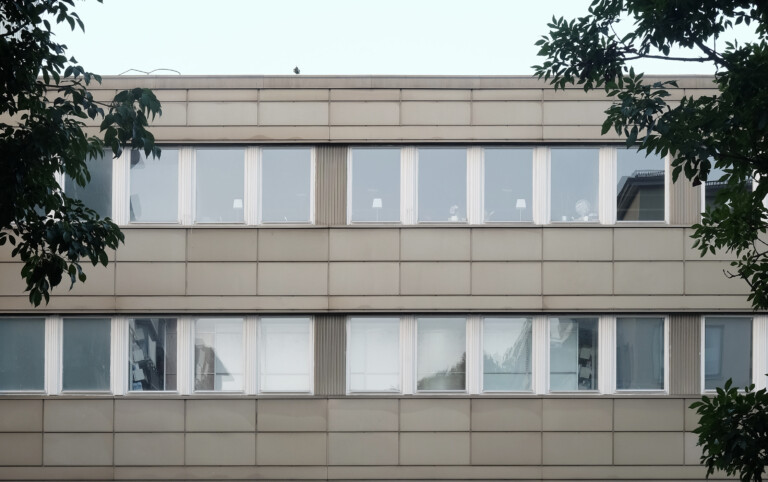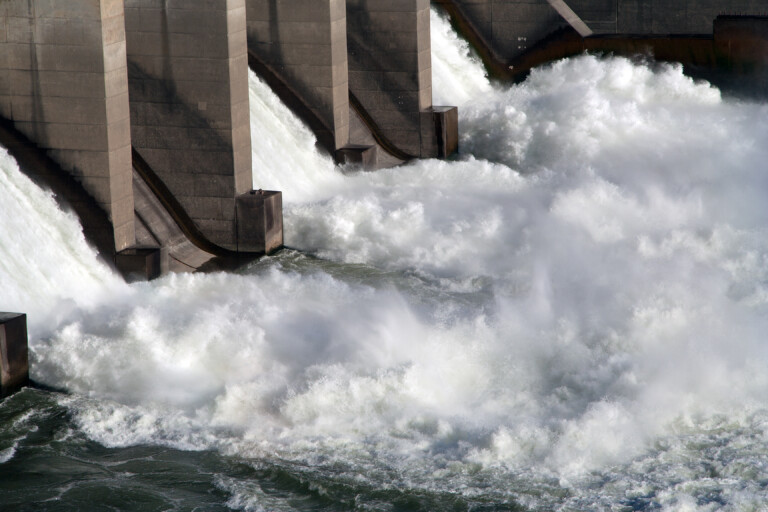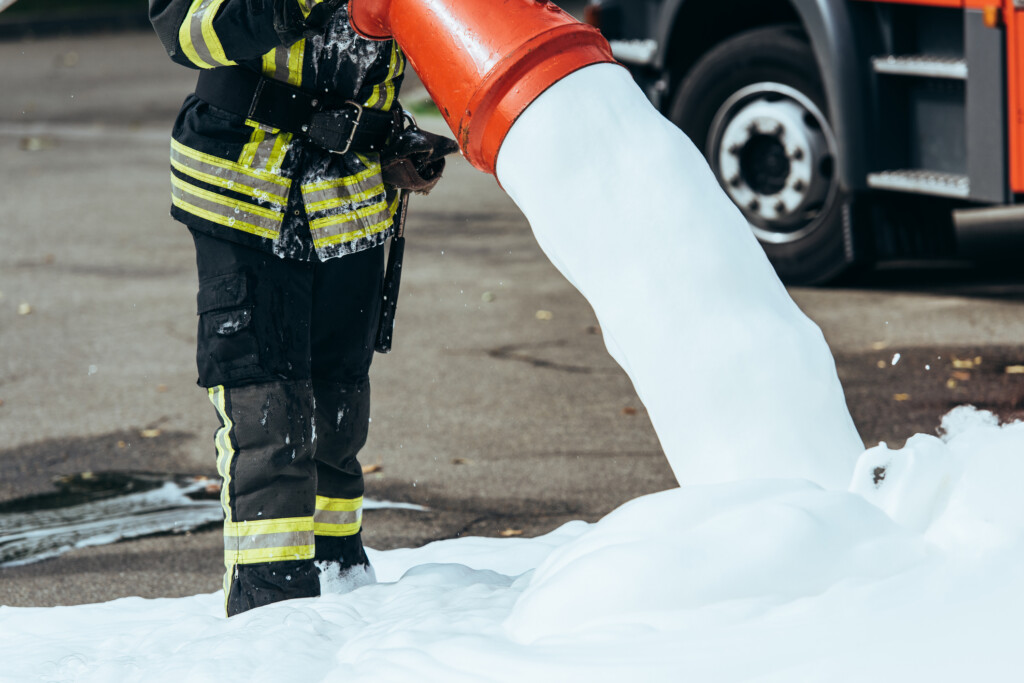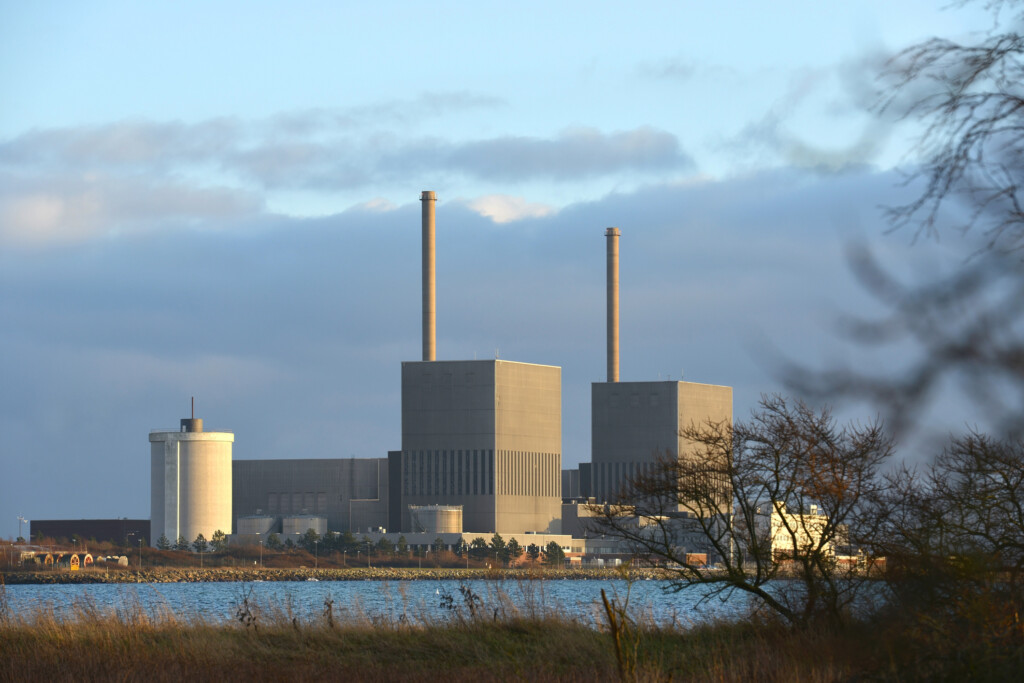Transport
Disputed balloon experiment planned in Sweden
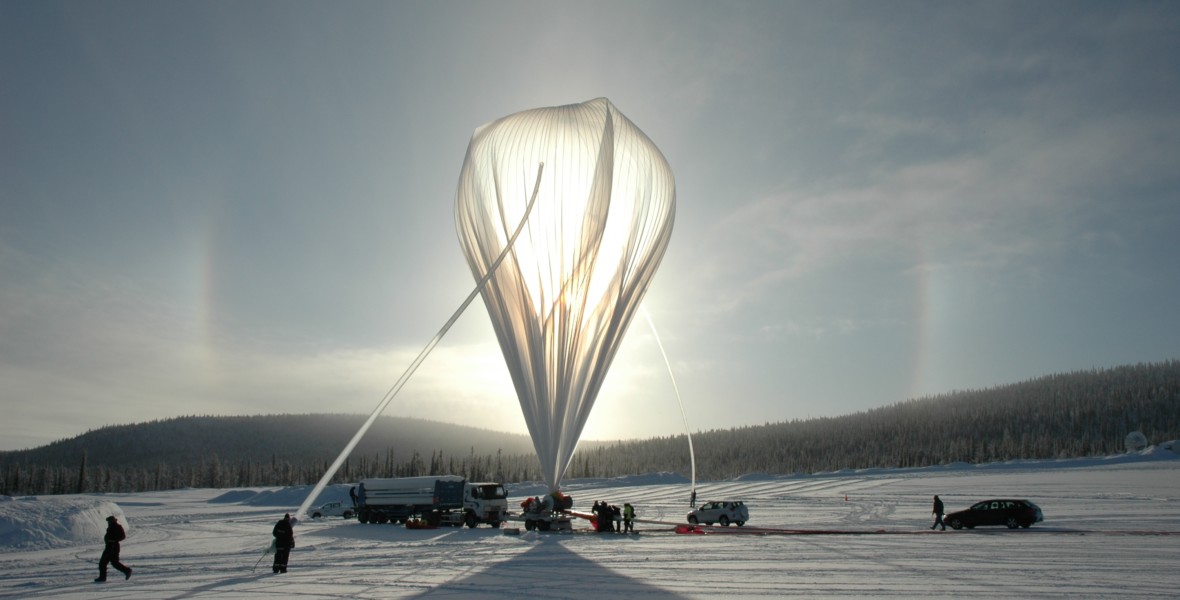
In a controversial research project, the United States plans to conduct experiments at the Kiruna space station. The researchers want to test whether it is possible to lower the Earth’s temperature by shutting out the sun’s rays.
Subscribe to Extrakt newsletter!
Läs mer
Stay up to date! Get the knowledge, ideas and new solutions for a sustainable society.
Personal data is stored only for the mailing of Extrakt newsletters and information related to Extrakt’s operations. You can cancel the newsletter at any time, which means you will no longer receive any emails from us
In a Harvard research project, researchers will investigate whether particles can be released into the atmosphere using a balloon to make thick clouds that can shut out the sun’s rays.

At the end of 2020, the Swedish Space Corporation (SSC) approved a plan for conducting the experiment within the framework of the project at the space station in Kiruna, north of the Arctic Circle. Now the question lies with Harvard’s ethical advisory committee, which will decide within the next two weeks whether or not to approve the experiment.
“If they recommend that it should not continue, work will be stopped immediately. If they say yes, the decision-making process will continue with us,” says Stefan Gustafsson, Strategic Manager at SSC.
A rescue in the future?
The experiment planned in Kiruna is a test of technology. The balloon will not contain any particles, but the experiment is still controversial. This research belongs to a field known as solar geoengineering, or solar radiation modification.
According to the Harvard researchers, technology could be our salvation in a future where we have failed to curb global warming. But certain voices within the environmental movement are highly critical and believe that solar geoengineering can bring about catastrophic consequences. If particles need to be interrupted and removed from the atmosphere again, this could potentially lead to very rapid warming of the earth, some argue. This is especially true if we start to use the technology while continuing to emit carbon dioxide.
Risk of international conflicts
Those who are against solar geoengineering believe that the technology is unpredictable and can have consequences that we struggle to understand today. Critics also warn that the technology could create international conflicts since the weather changes achieved could benefit some countries while placing others at a disadvantage.
Andreas Malm, researcher in human ecology at Lund University, sees several risks surrounding the technology.
“Let’s say that the Pentagon implements it and, as a result, the U.S. avoids the worst forest fires. At the same time, India is in serious trouble because there are no monsoons. The question is whether the U.S. will then adapt to India’s needs,” he says.
In an ongoing research project, he takes a closer look at another technology that is considered to have great potential to reverse the climate crisis at the last minute, namely BECCS – bioenergy with carbon capture and storage. This technology involves growing biofuels, harvesting them and burning them in power plants and then capturing the carbon dioxide released and storing it underground.
The IPCC highlights the technology as the best method for achieving negative emissions. Yet many question marks about the technology remain, Malm says. For example, it requires vast tracts of land, which means that it conflicts with things like food cultivation and nature conservation.
“Like an umbrella over the earth”
Malm believes that both BECCS and solar geoengineering can be used by the fossil fuel industry as an argument for continuing to emit carbon dioxide.
“At the same time, both technologies might become necessary in the future. I think that makes this a thorny issue,” he says.
“I don’t really think it’s a question of whether or not to do research on solar geoengineering. It’s already being researched, and I think it will be difficult to stop, but the goal should not be to continue emitting carbon dioxide.”
Although parallels can be drawn between carbon storage and solar geoengineering, there are significant differences between the technologies.
“Carbon storage is about sucking carbon dioxide out of the atmosphere, while solar geoengineering only provides protection, like an umbrella, over the earth. It doesn’t get rid of carbon dioxide from the atmosphere,” Malm says.
Environmental movement appeals to government
If the Harvard researchers are given the go-ahead to proceed with the experiment at the Kiruna space station, the plan is to release the test balloon in June of this year. The Swedish Space Corporation emphasizes that this is a test and so the balloon will not contain any particles. In the environmental movement, however, the experiment is seen as a first step towards the use of solar geoengineering. Several environmental organisations, such as the Swedish Society for Nature Conservation and Greenpeace, have written a joint letter to the government and to the SSC calling for the experiment to be stopped.
On the SSC website, it addresses the criticism by writing that it will not participate in any discussions about whether solar geoengineering can, or should, be used in the future to fight global warming . On this issue, Stefan Gustafsson states that they rely on parties with a wider knowledge of ethical issues.
“We are a niche player, a small company with expertise in balloon flights. We will not go through with the flight unless it is deemed ethically defensible, but we also do not want to hinder an increased understanding of technology that can have existential significance. We have unique expertise in balloon flights and do not want to put the brakes on anything if it turns out that this technology is needed in the future. However, we will not go through with the flight unless it meets the requirements of legitimacy – that is the basic premise.”
Growing conflicts ahead
Malm believes that the conflict over the planned experiment in Kiruna reflects a growing antagonism among organisations working to reduce carbon dioxide emissions and those who are attempting to find methods that reverse the effects of carbon dioxide already being emitted. That contradiction, he says, will increase as solving the climate crisis becomes more and more urgent.
“I think these conflicts could intensify over the next few years,” he says.

